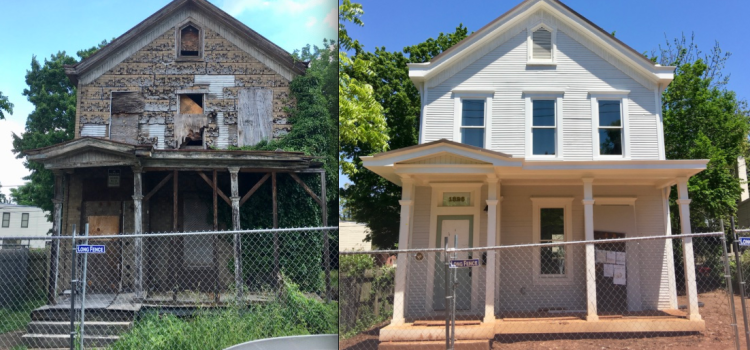
Selling at the Speed of Marketing: Accelerate Your Home Sale
Discover how marketing strategies can fast-track your home sale. This comprehensive guide covers presentation, promotion, and perfect timing, unlocking the keys to a swift and successful real estate transaction.
The Art of Presentation
Creating a captivating presentation is the first step to a swift home sale. Here’s how to make your property irresistible:
1. Home Staging
Home staging involves arranging your home to highlight its strengths and downplay its weaknesses. This can include decluttering, rearranging furniture, and adding attractive decor elements.
Advantages:
- Boosts buyer interest.
- Helps potential buyers envision the home’s potential.
2. Professional Photography
High-quality photographs are essential for online listings. Professional photographers can capture your home’s best angles and create appealing visual content.
Advantages:
- Attracts more online views.
- Provides an accurate representation of your home.
3. Virtual Tours
Incorporating virtual tours allows potential buyers to explore your property remotely. It’s an immersive way to showcase your home’s unique features.
Advantages:
- Engages tech-savvy buyers.
- Provides a comprehensive view of the property.
Table 1: Art of Presentation Strategies
| Strategy | Description | Advantages |
|---|---|---|
| Home Staging | Arrange your home for appeal. | Boosts buyer interest, aids visualization. |
| Professional Photography | High-quality images for listings. | Attracts more online views, provides accuracy. |
| Virtual Tours | Immersive exploration of the property. | Engages tech-savvy buyers, offers a comprehensive view. |

The Science of Promotion
Promotion plays a vital role in reaching potential buyers. Here’s how to leverage the science of promotion:
1. Online Listings
Online listings on real estate platforms are a must. Provide detailed descriptions and high-quality photos to attract potential buyers.
Advantages:
- Expands your property’s reach.
- Attracts a wide range of buyers.
2. Social Media Marketing
Leverage social media platforms to create a buzz about your property. Share appealing images, virtual tours, and engage with potential buyers.
Advantages:
- Targets a tech-savvy audience.
- Generates interest through shares and likes.
3. Open Houses
Hosting open houses allows multiple potential buyers to view your property at once. It creates a sense of urgency and competition.
Advantages:
- Generates immediate interest.
- Encourages on-the-spot decisions.
Table 2: Science of Promotion Strategies
| Strategy | Description | Advantages |
|---|---|---|
| Online Listings | Detailed listings on real estate platforms. | Expands property’s reach, attracts diverse buyers. |
| Social Media Marketing | Promoting property through social platforms. | Targets tech-savvy audiences, generates interest. |
| Open Houses | Hosting simultaneous property viewings. | Creates immediate interest, encourages decisions. |
Perfect Timing
The timing of your home sale can greatly impact its swiftness. Here’s what you need to consider:
1. Seasonal Trends
Different seasons can affect the real estate market. Consider whether your property’s features are more appealing during a particular season.
Advantages:
- Maximize your property’s appeal.
- Aligns with buyer preferences.
2. Economic Factors
Economic conditions, including interest rates and job markets, can influence buyer demand. Monitor economic trends to make informed decisions.
Advantages:
- Capitalize on favorable economic conditions.
- Avoid selling in a slow market.
3. Local Market Analysis
Understanding the local market is key. Study trends, sales data, and competition to determine the best time to list your property.
Advantages:
- Tailors your strategy to local conditions.
- Positions your property for success.
Table 3: Perfect Timing Considerations
| Consideration | Description | Advantages |
|---|---|---|
| Seasonal Trends | Aligning with season-specific appeal. | Maximizes property’s attractiveness, aligns with buyer preferences. |
| Economic Factors | Monitoring economic conditions. | Capitalizes on favorable conditions, avoids slow market sales. |
| Local Market Analysis | Understanding local market dynamics. | Tailors strategy to local conditions, positions for success. |
Conclusion
Selling your home at the speed of marketing requires a perfect blend of presentation, promotion, and perfect timing. Mastering the art of presentation enhances your property’s appeal, while employing the science of promotion ensures broad reach and engagement. The art and science come together when you consider the perfect timing to align with buyer preferences and economic conditions. This harmonious blend leads to a swift and successful home sale, unlocking the full potential of your real estate investment.


























